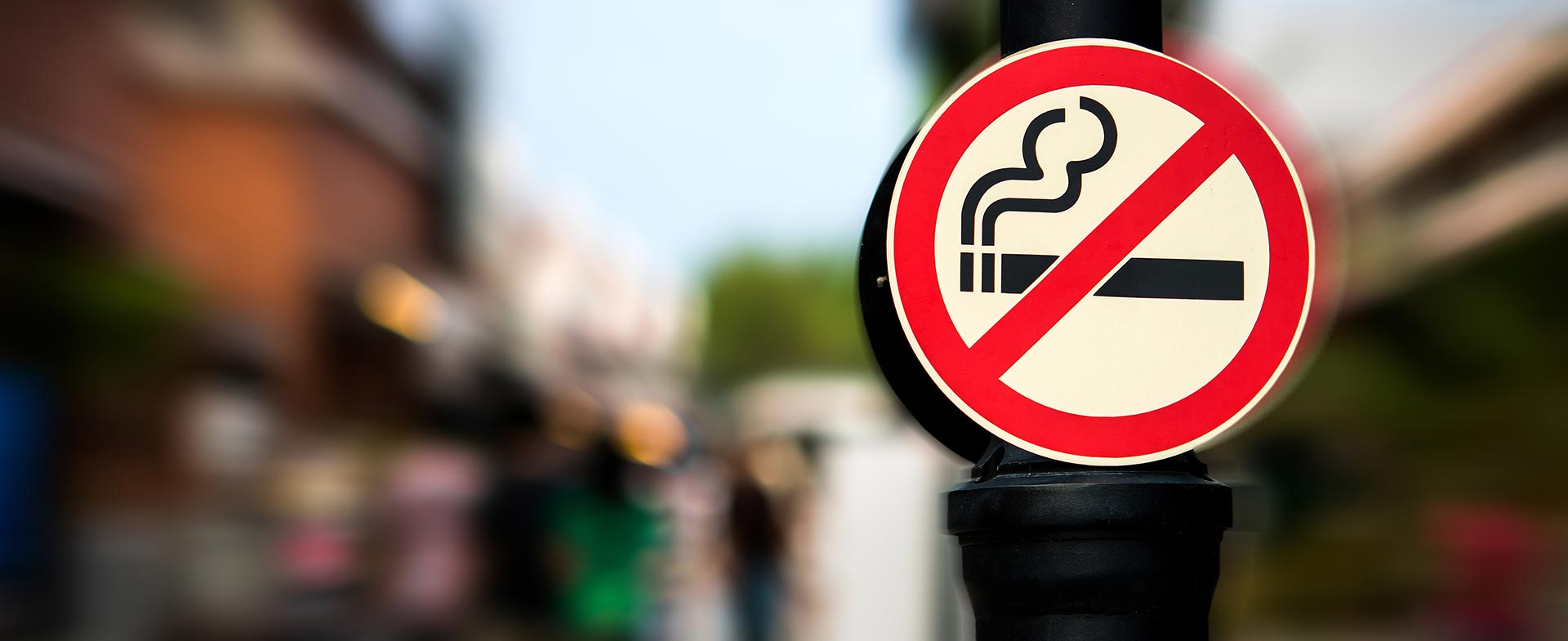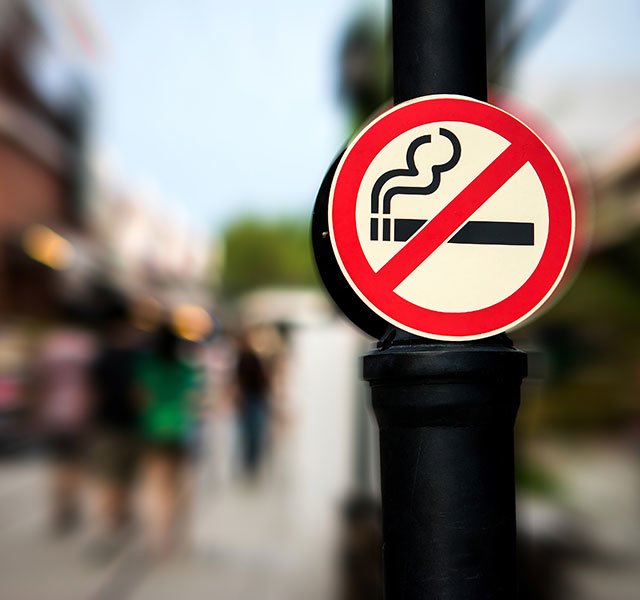You may have heard of secondhand smoke, but did you know that smoke can be thirdhand? Roughly 42 million Americans use tobacco, but millions of nonsmokers are being affected, too. Here’s what you need to know to protect you and your family:
Secondhand Smoke vs. Thirdhand Smoke: What’s the Difference?
Secondhand smoke is defined as smoke that’s inhaled involuntarily from tobacco that’s smoked by others. This means anyone who lives with a smoker, works in an enclosed space around smokers or who spends time near those who smoke can be harmed.
Thirdhand smoke is just as bad but has only been recognized in the past five years as a very real health threat. It refers to residual nicotine and cancer-causing chemicals that cling to a variety of surfaces after exposure to cigarette smoke. Because the nicotine reacts with indoor pollutants, the toxic mix that’s created can actually be more harmful than secondhand smoke. This nicotine residue can be found on clothing, hair, skin, rugs, vehicles, bedding, drapes, walls and other surfaces, even after smoking has stopped. Thirdhand smoke also builds up with time and is largely resistant to normal cleaning – meaning you can’t get rid of it by opening up windows or using a fan.
Who Is Most Affected By Secondhand Smoke and Thirdhand Smoke?
Sadly, children are widely affected by exposure to secondhand and thirdhand smoke, as well as nonsmokers who live with someone who smokes. Kids – especially young children – crawl, lick surfaces, put their fingers in their mouths and come in contact with many more surfaces that are coated with these toxic chemicals than adults.
Secondhand smoke can also cause children to develop ear infections, asthma, respiratory infections and has even been linked to sudden infant death syndrome (SIDS). And lead is just one of the 250 different toxins found in smoke. So even if you think that your child lives in a lead-free home, your home could still be coated with it. Lead levels will only get higher and higher as smoking continues, and lead has been linked to irreversible mental impairment in children, including brain damage and trouble learning.
For adults, the health impacts can be just as terrible. They can suffer from heart disease, lung cancer and even stroke as a result of exposure to smoke – even nonsmokers. In fact, between 2005 and 2009, over 34,000 nonsmokers died from heart disease linked to smoking and over 7,300 nonsmokers died from lung cancer. Using an air filter, fan or wiping surfaces won’t contain the problem. The only real solution is to stop smoking.
How Do I Quit Smoking?
Counseling, nicotine patches and gum, smoking cessation drugs, acupuncture and even hypnosis are some of the resources that may be effective in helping you quit. It’s important to try more than one method, use them together and have a solid support system. Other tips include:
- Telling people that you’re trying to quit. Making it public knowledge adds a layer of accountability. If you’re involved in social media, sharing it with that community can be a source of support and accountability.
- Changing your habits. If you’re conditioned to want a cigarette with that late-day coffee break, skip the break and replace it with something else. If a stressful relationship causes you to want to smoke, address the problem or find other ways to help manage the stress. Finding a smoking alternative can also be helpful. Ritual mentality, or doing things out of habit in certain situations, can be a powerful option. Try chewing gum, listening to an upbeat tune or exercising.
- Thinking about your loved ones. Children of smokers may help them quit by urging parents to stick with it for the sake of their well-being. Knowing you’re harming their health and that you want to be around for them for years to come is definitely a strong motivator.
What Can You Do to Protect Yourself From Secondhand and Thirdhand Smoke?
There are many things you can do to protect yourself and your loved ones from harmful smoke exposure. They include:
- Making your vehicle smoke-free
- Not allowing smoke in your home – anywhere, anytime, by anyone.
- Taking steps to quit
Parents who smoke may think that if they step outside the home, it’s OK to smoke. But remember, that thirdhand residue still attaches itself to your hair and clothing.
Wanting to quit is the first step, and perhaps the most important one. Ask your doctor for help or call a Henry Ford treatment center, and if you don’t succeed at first, realize that many people who ultimately quit smoking have tried more than once before success. Every day you spend not smoking is a day you and your loved ones live healthier.
Visit our Tobacco Treatment Services for more information on smoking cessation programs available at Henry Ford.
If your history of smoking has you concerned about lung health, be sure to talk to your doctor about available lung cancer screenings.



